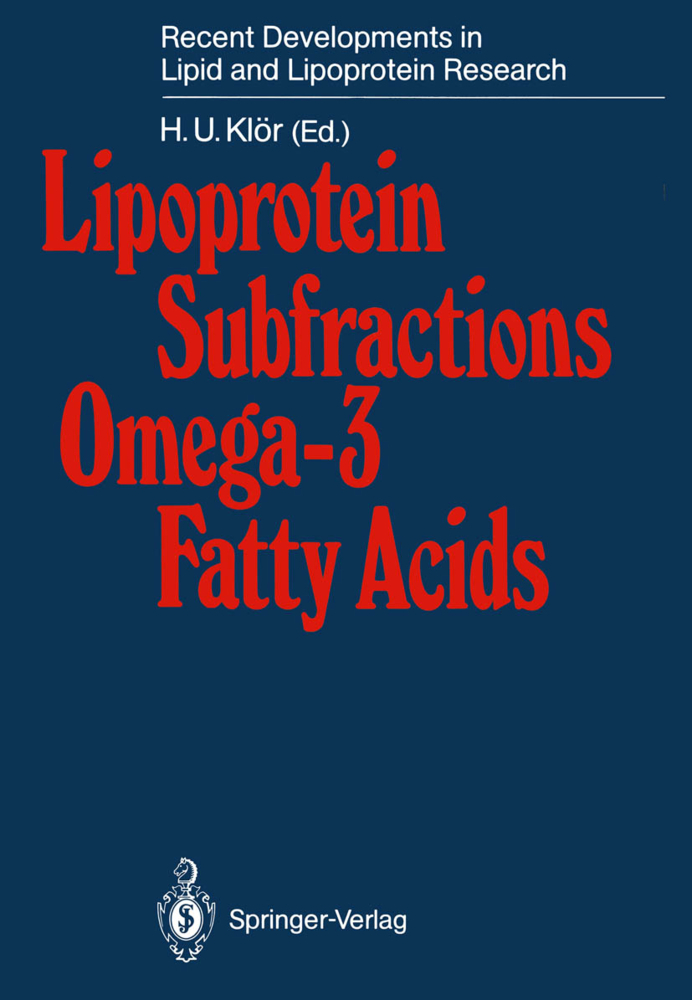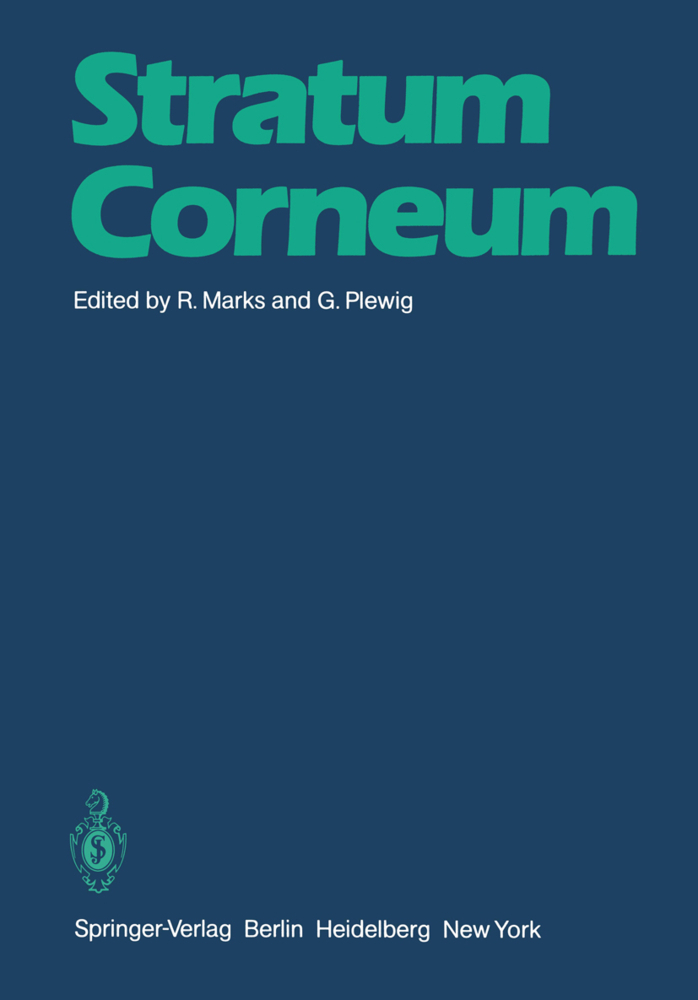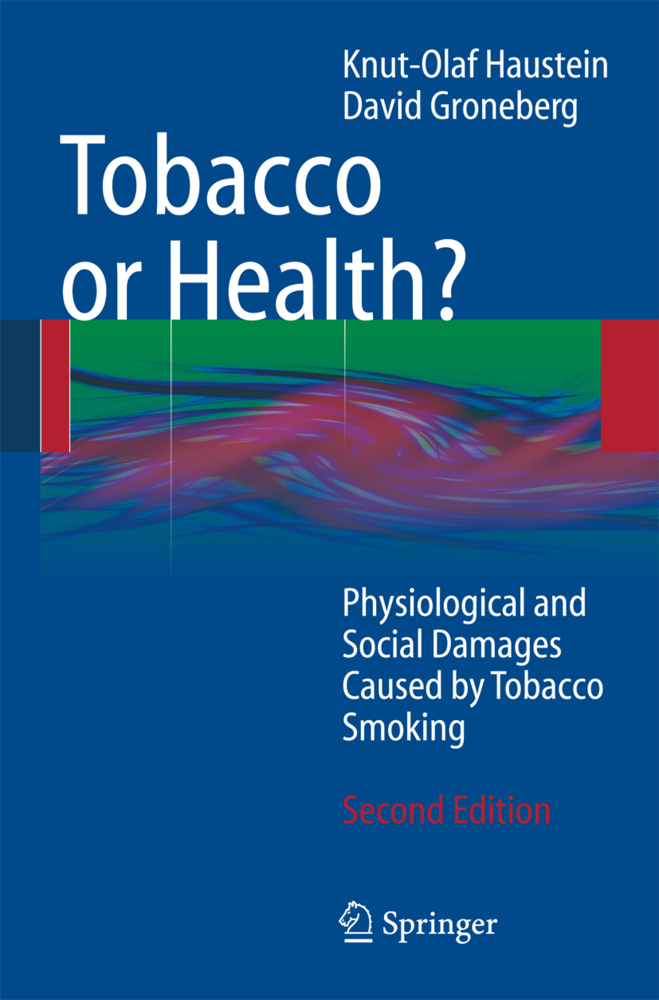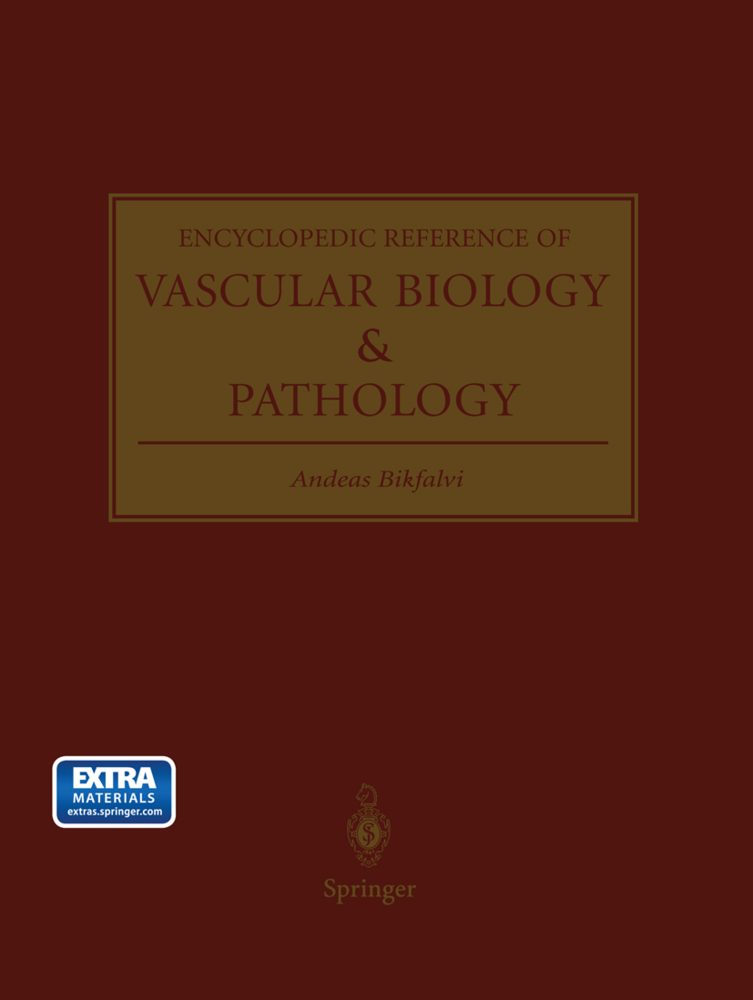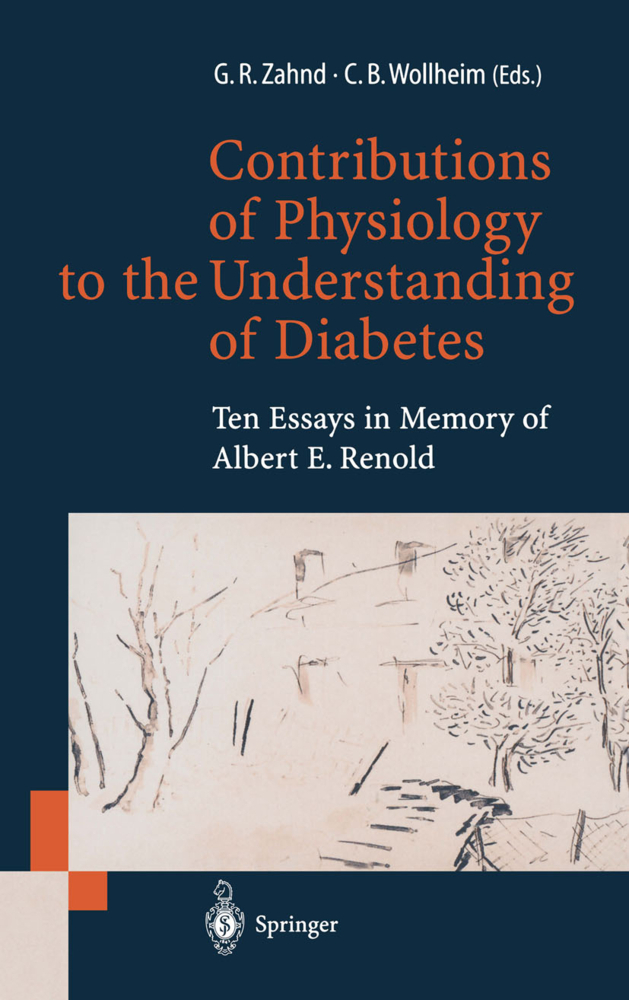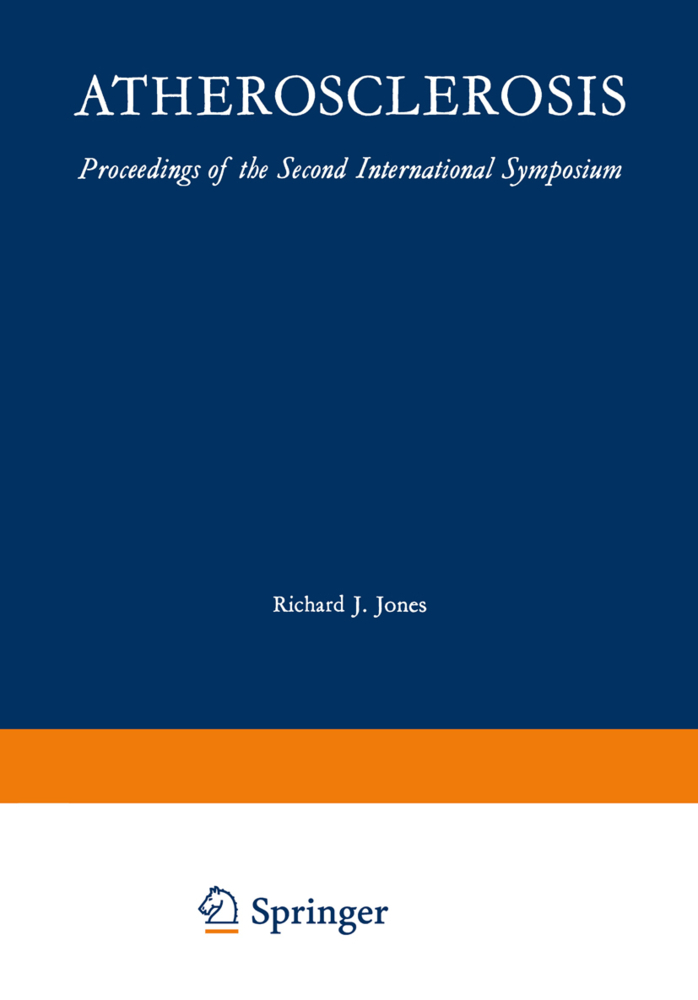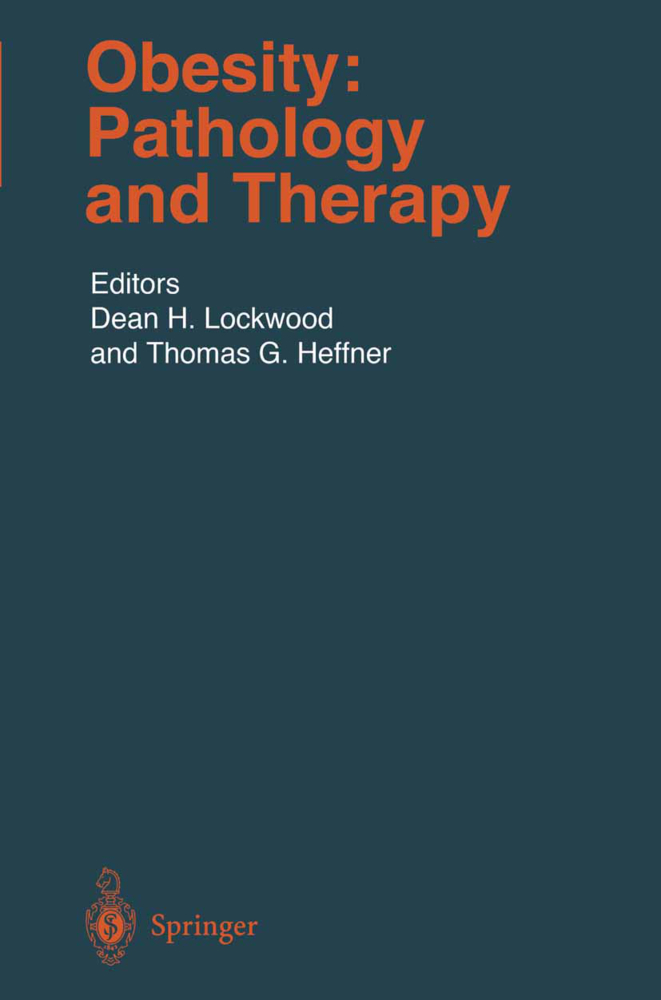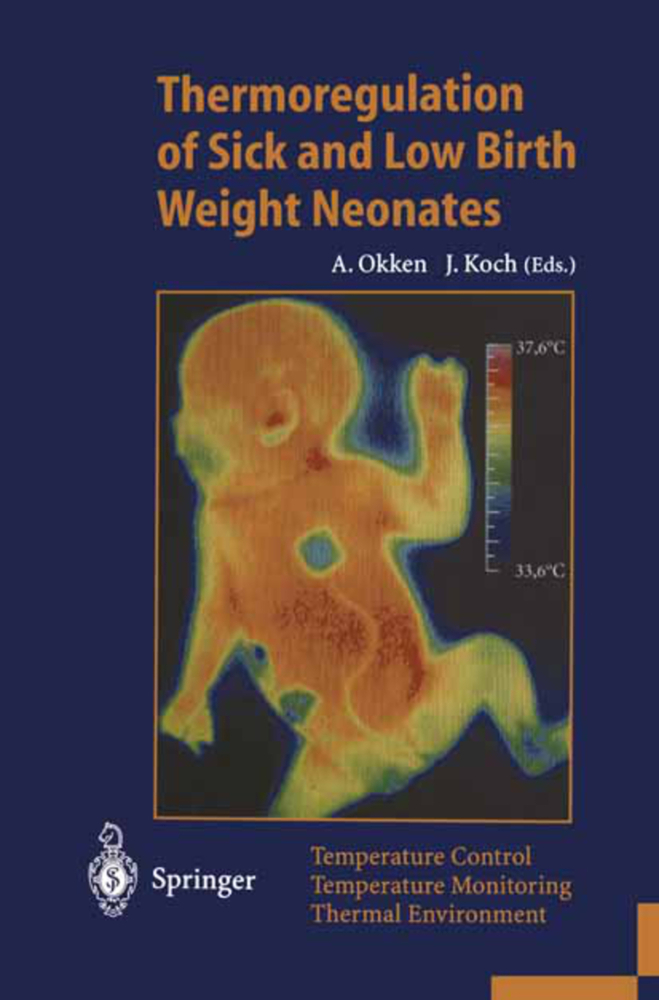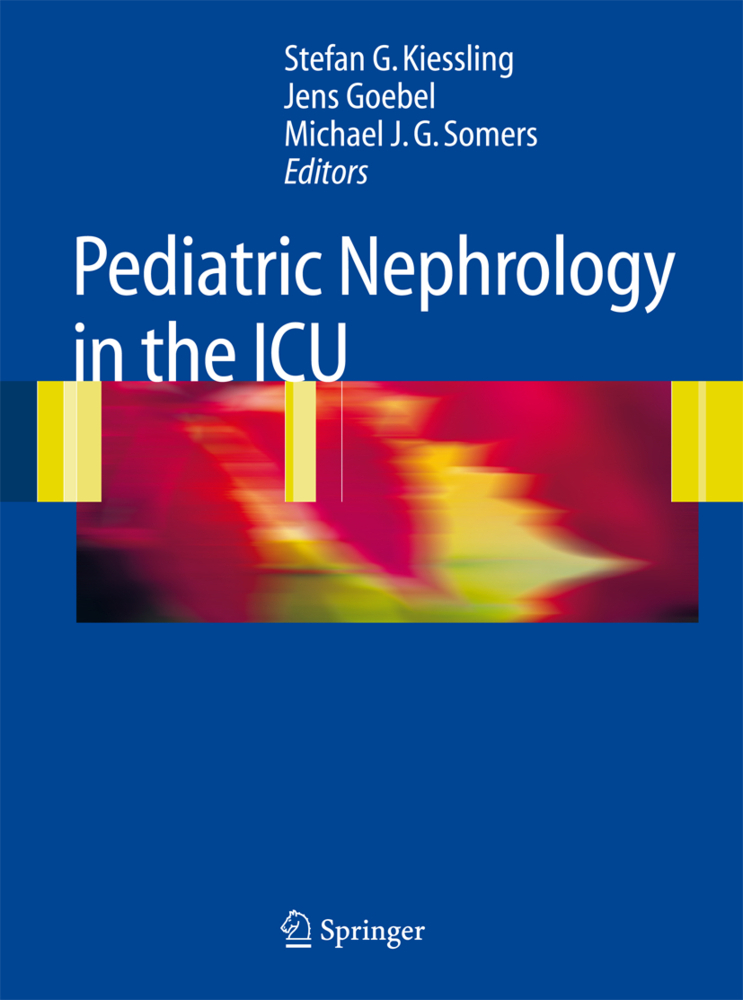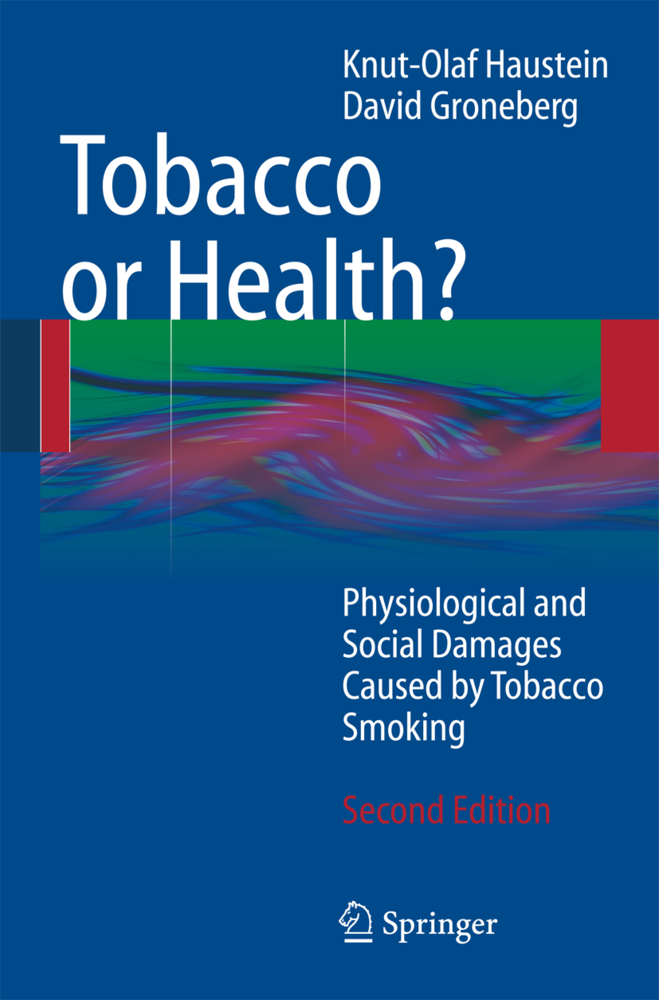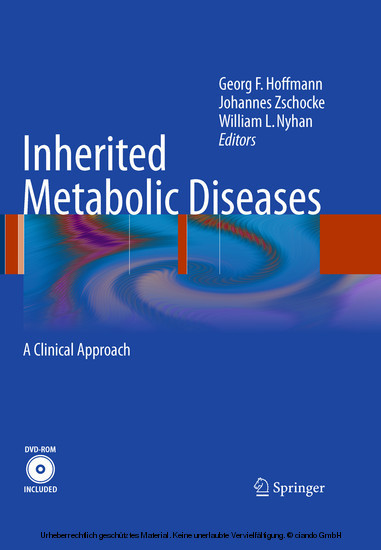Lipoprotein Subfractions Omega-3 Fatty Acids
Lipoprotein Subfractions Omega-3 Fatty Acids
On November 6 and 7, 1987, lipid and lipoprotein researchers from all over Europe convened in Munich on the occasion of the second European Workshop on Lipid Metabolism (EWLM). This informal gathering was devoted to two main topics, and recent research results were presented and discussed during a poster session. Recent developments in the physiology and pathophysiology of lipoprotein sub fractions were discussed on the first day of the meeting. In recent years, new analytical tools have been created for analyzing lipoprotein subfractions, particularly the apolipoprotein component. With the, introduction of immunological and elec trophoretic methods it has become clear that the heterogeneity of the plasma lipopro tein system is even greater than had been assumed only a decade or so ago. Despite this, it is apparent from the contributions to this volume that new methods for differentiating lipoprotein subfractions will increase our understanding of lipoprotein metabolism, especially of the triglyceride-rich lipoprotein particles and the high density lipoproteins. The complex functions of the various plasma apolipoproteins and their association with the lipoprotein lipid in single or complex lipoprotein particles give rise to a complex and dynamic metabolic system that changes constantly during the day. While it has for some time been possible to delineate fairly accurately the atherogenic potential of low-density lipoproteins, which are comparatively simple lipoprotein particles, the new methods of lipoprotein subfraction analysis will be needed to select and differentiate amongst the potentially atherogenic triglyceride rich particles, especially the chylomicron and very low density lipoprotein remnants.
Ultracentrifugal, Chromatographic and Electrophoretic Techniques for Lipoprotein Subfractionation
Analysis of Lipoprotein Particles Using Immunoaffinity Chromatography and ELISA Techniques
Lipoprotein Association and Function of Apolipoprotein A-IV
LP-X and Other Abnormal Lipoprotein Particles in Secondary Dyslipoproteinemia
Turnover Studies of Apolipoproteins C: A First Critical Appraisal
Lecithin: Cholesterol Acyl Transferase, Cholesterol Ester Exchange/Transfer Protein, and Lipoprotein Particles
Role of the Liver in the Metabolism of Lipoprotein Particles
LDL Subtractions and Atherosclerosis
HDL Subclasses and Atherosclerosis
Lipoprotein Deficiency Syndromes
Significance of the Interaction Between Lipoprotein Subtractions and Macrophages for Reverse Cholesterol Transport
HDL Receptor of Cultured Adipocytes and Its Role in Reverse Cholesterol Transport
Omega-3 Fatty Acids
Effects of Polyunsaturated Fatty Acids on Biochemical and Functional Aspects of Endothelial and Blood Cells
Oxidative Metabolism of Unsaturated Fatty Acids and Free Radical Formation
Omega-3 Fatty Acids and Hemostasis
The Effects of Omega-3 Fatty Acids in Multiple Sclerosis: 2-Year Results
Omega-3 Fatty Acids, Autoimmunity, and Diabetes
Omega-3 and Omega-6 Polyunsaturated Fatty Acids: Nutritional Needs and Dietary Recommendations
Omega-3 Fatty Acid Treatment of Hyperlipidemia: Efficacy and Mechanisms of Action.
Lipoprotein Subtractions; Their Role in Lipid Transport and Atherosclerosis
The Lipoprotein Family Concept: An UpdateUltracentrifugal, Chromatographic and Electrophoretic Techniques for Lipoprotein Subfractionation
Analysis of Lipoprotein Particles Using Immunoaffinity Chromatography and ELISA Techniques
Lipoprotein Association and Function of Apolipoprotein A-IV
LP-X and Other Abnormal Lipoprotein Particles in Secondary Dyslipoproteinemia
Turnover Studies of Apolipoproteins C: A First Critical Appraisal
Lecithin: Cholesterol Acyl Transferase, Cholesterol Ester Exchange/Transfer Protein, and Lipoprotein Particles
Role of the Liver in the Metabolism of Lipoprotein Particles
LDL Subtractions and Atherosclerosis
HDL Subclasses and Atherosclerosis
Lipoprotein Deficiency Syndromes
Significance of the Interaction Between Lipoprotein Subtractions and Macrophages for Reverse Cholesterol Transport
HDL Receptor of Cultured Adipocytes and Its Role in Reverse Cholesterol Transport
Omega-3 Fatty Acids
Effects of Polyunsaturated Fatty Acids on Biochemical and Functional Aspects of Endothelial and Blood Cells
Oxidative Metabolism of Unsaturated Fatty Acids and Free Radical Formation
Omega-3 Fatty Acids and Hemostasis
The Effects of Omega-3 Fatty Acids in Multiple Sclerosis: 2-Year Results
Omega-3 Fatty Acids, Autoimmunity, and Diabetes
Omega-3 and Omega-6 Polyunsaturated Fatty Acids: Nutritional Needs and Dietary Recommendations
Omega-3 Fatty Acid Treatment of Hyperlipidemia: Efficacy and Mechanisms of Action.
Klör, H. U.
| ISBN | 978-3-540-19146-9 |
|---|---|
| Artikelnummer | 9783540191469 |
| Medientyp | Buch |
| Copyrightjahr | 1989 |
| Verlag | Springer, Berlin |
| Umfang | XII, 133 Seiten |
| Abbildungen | XII, 133 p. 23 illus. |
| Sprache | Englisch |

